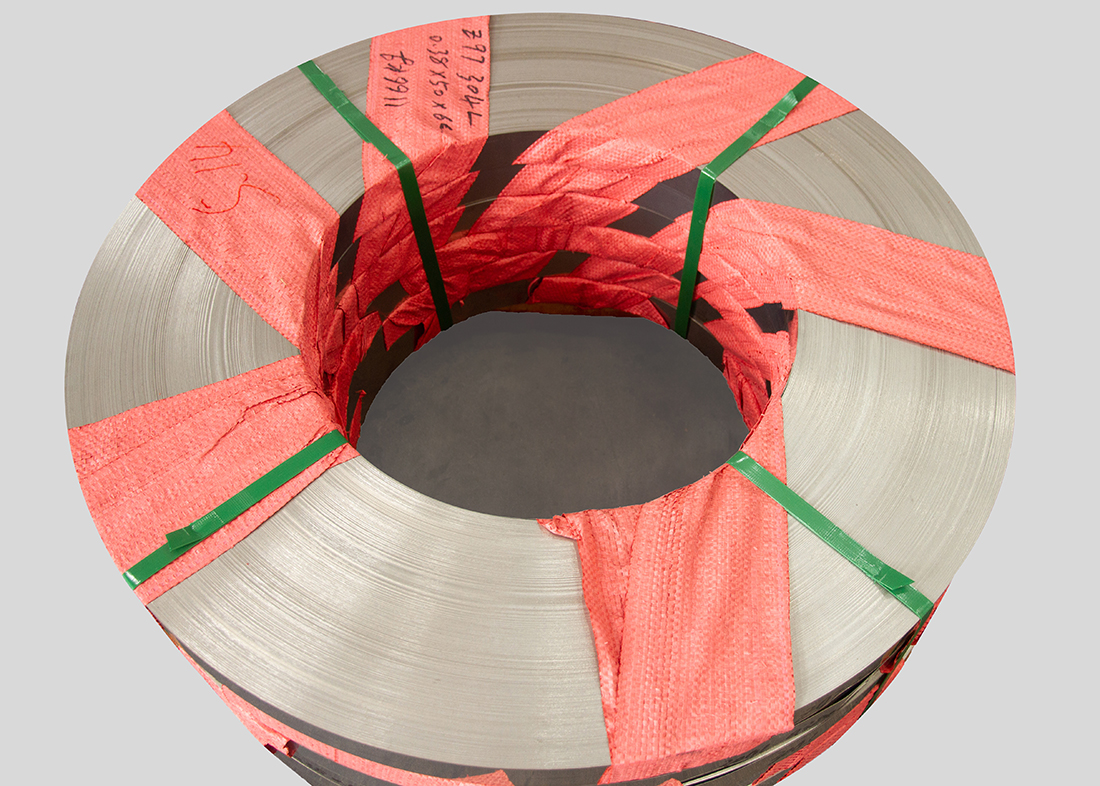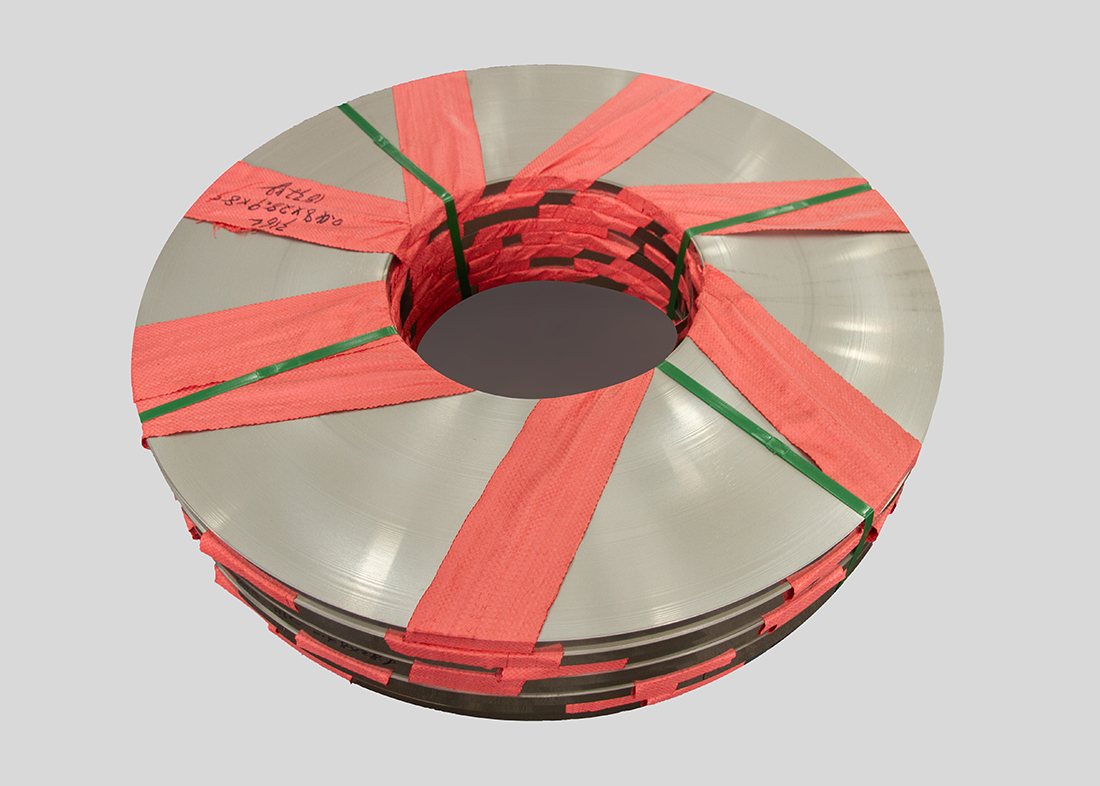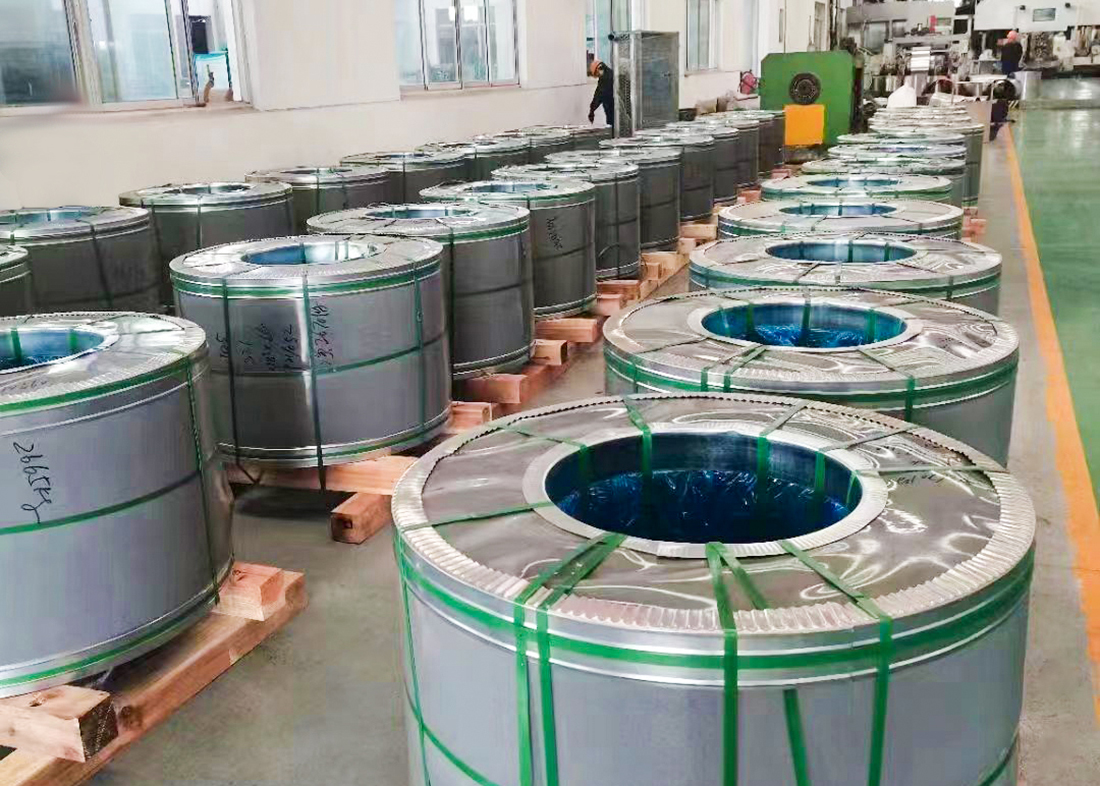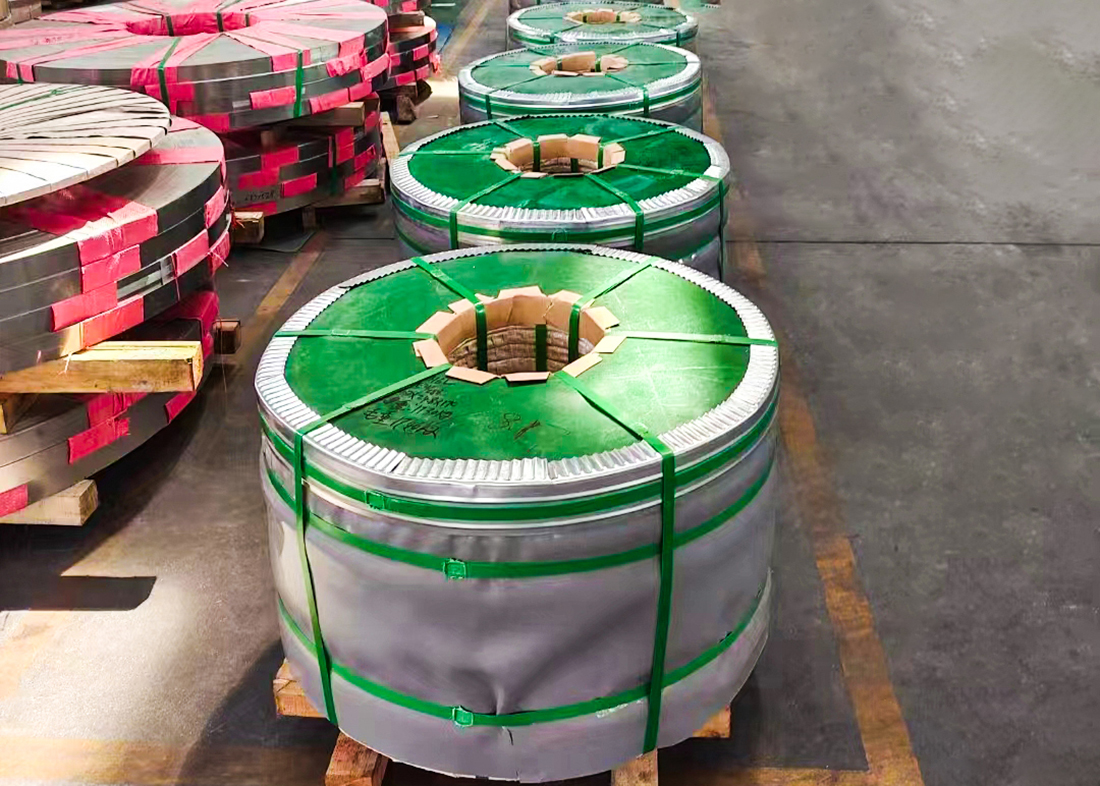
Why is stainless steel coil used for the shell of large storage tanks
source:www.chengguosheying.com | Release time:2025年08月19日1. Strong corrosion resistance, suitable for various storage media
Large storage tanks often store chemical raw materials (such as acidic and alkaline solutions, organic solvents), food grade materials (such as edible oil and juice), liquid fuels (such as diesel), etc. Stainless steel coils (commonly made of 304 and 316L materials) contain alloy elements such as chromium and nickel, and can form a dense passivation film on the surface, which can resist:
Weakly corrosive media (such as food and drinking water): 304 stainless steel coils can prevent rusting and contamination of materials in storage tanks, meeting food hygiene standards (such as GB 4806.9);
Strong corrosive media (such as seawater, hydrochloric acid, sulfides): 316L stainless steel coils have stronger resistance to pitting and intergranular corrosion due to their molybdenum content, making them suitable for storage tanks in chemical and coastal areas (such as acid-base storage tanks in the petrochemical industry), greatly extending the service life of storage tanks (design life can reach 20-30 years, far exceeding ordinary carbon steel storage tanks).
2. Excellent formability, suitable for the "splicing process" of large storage tanks
The shell of a large storage tank needs to be welded together from multiple plates, and stainless steel coils (especially cold-rolled stainless steel coils) have good ductility and cold-rolled flatness:
Stainless steel coils can be cut into flat plates according to the diameter and height requirements of the storage tank (such as width 1.2-1.5m, length customized as needed), reducing the number of plate splicing times and lowering the risk of welding loopholes;
The flatness of cold-rolled stainless steel coils is high (plate shape error ≤ 2mm/m), and the roundness of the shell after splicing is easy to control, which can ensure uniform pressure bearing of the storage tank (avoid deformation caused by local stress concentration), and is suitable for atmospheric or low-pressure storage conditions (such as storage tank design pressure ≤ 0.1MPa).
3. Balance strength and toughness to meet safety and pressure requirements
The mechanical properties of stainless steel coils (such as 304 with tensile strength ≥ 515MPa and yield strength ≥ 205MPa) are stable, capable of withstanding the weight of the storage tank itself, material static pressure, as well as external loads such as wind and earthquakes
For storage tanks storing liquid materials (such as large tanks with a capacity of over 1000m 3), the shell needs to withstand the radial pressure caused by the liquid level for a long time. The strength and toughness of stainless steel coils can prevent the shell from deforming or cracking due to pressure;
In low-temperature environments (such as outdoor storage tanks at -40 ℃), stainless steel coils (such as 304L) still maintain good toughness and will not crack at low temperatures like ordinary carbon steel, improving the safety of storage tanks.
4. Easy to clean surface+low maintenance cost, reducing long-term wear and tear
The surface of stainless steel coil is smooth (such as 2B surface roughness Ra ≤ 0.8 μ m), and it is not easy to adhere material residue and dirt:
For storage tanks in the food and pharmaceutical industries, they can be quickly cleaned with high-pressure water and steam to meet hygiene requirements (avoiding cross contamination of materials);
The stainless steel shell of outdoor storage tanks does not require frequent painting for corrosion prevention (ordinary carbon steel storage tanks need to be repainted every 2-3 years), and only regular wiping is needed to maintain appearance and performance, reducing long-term maintenance costs by more than 50%.
【Related articles】
【Related products】
+
 WeChat ID:www.chengguosheying.com
WeChat ID:www.chengguosheying.com

 WeChat ID:www.chengguosheying.com
WeChat ID:www.chengguosheying.com











 Add WeChat
Add WeChat
 Contact us
Contact us
 The phone
The phone